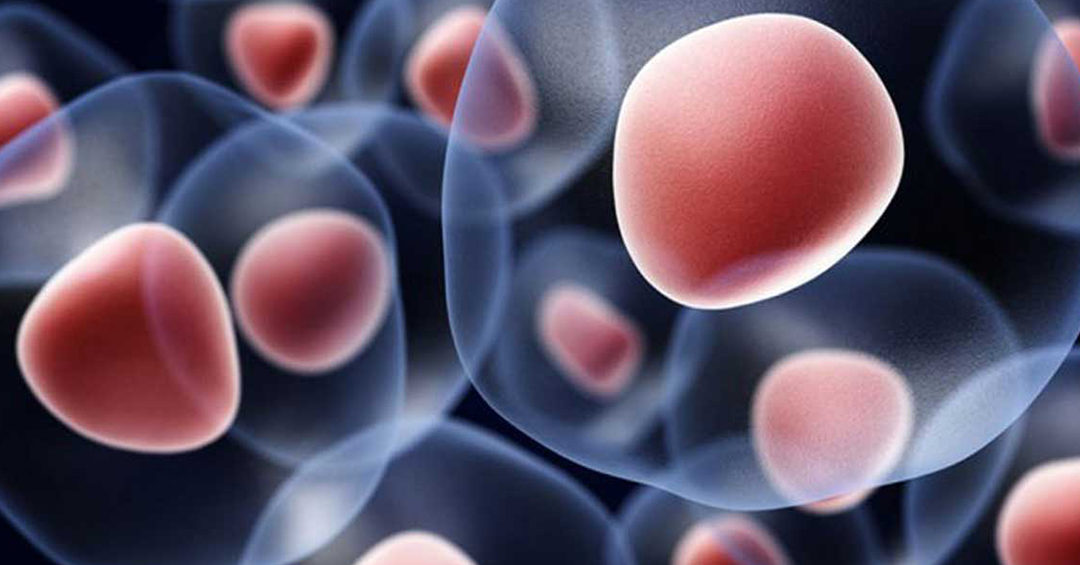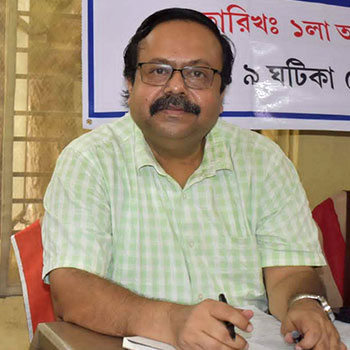Manisha Bhattacharya, Consultant Clinical Psychologist with MHF Kolkata asks if Stem Cell Therapy has a significant effect for children with ASD
Autism Spectrum Disorder (ASD) is a complex developmental disorder that is characterized by difficulties in social communication and interactions, restricted and repetitive behaviour, interests or activities. Both genetic and environmental factors contribute to the aetiology of ASD. Although the exact patho-physiology is unknown, observations have included abnormal synaptic functioning in areas of the brain, white matter abnormalities, and neuro-inflammation. Over-expression of immune-related gene networks are said to be one of the aetiology of ASD.
Recent researches focus more on therapeutic approaches impacting neural connectivity. Preclinical models have shown that umbilical cord blood contains effector cells that can alter brain connectivity and suppress inflammation. Autologous cord-blood cell infusion is found to be effective in other neurological conditions. Thus, the focus is slowly shifting to ASD as it has a strong neurological loading. Along with this, comes the debate and criticisms for the effectiveness of cord-blood cell infusion or more commonly known ‘Stem-cell therapy.’
A recent study has been conducted at Duke University with 25 young children with ASD. But this is a Phase I study, which is only a safety and feasibility trial on young children. The process of cord-blood cell infusion is very complex which involves thawing, washing and testing for multiple parameters. Participants were observed during the infusion and monitored for infusion reactions. Various safety measures were taken during the infusion process. The study reported that autologous cord blood infusion was well-tolerated for children with ASD like any other neurological conditions.
But the researchers mentioned it very clearly that the study focused only on (a) the safety of a single intravenous infusion of autologous umbilical cord blood and (b) the sensitivity to change and feasibility of administration of several different assessment tools in young children with ASD.
Researchers from Duke University stressed, while these results provide some promise for future work with cord blood-derived therapies in ASD, it is important to note the limitations of this study also. As an uncontrolled open-label study, it is not possible to determine whether the observed behavioural changes were due to the treatment or reflect the natural course of development during the preschool period. It is also pointed out that a single therapy may not improve all autism symptoms and a combination of different approaches can be helpful for the children to function effectively. A double-blind randomized clinical trial must be designed to formally evaluate the efficacy of umbilical cord blood infusion in improving core symptoms of ASD. Thus, it is still questionable whether the cord-blood infusion has a significant effect for the children with ASD or not!
Though stem-cell therapy is showing a promising future but researchers are also stressing on the fact that this therapy is still in its initial stage. There are many barriers to overcome on the path to clinical feasibility and treatment success. First of all, stem cell therapy as a new renovation has a lot of technical complexities to be addressed when used in human body. The risk of tumours is a significant safety issue and threat, as are viruses used in some therapies that can develop in recipient’s bodies. Interactions with surrounding tissue could also be complicated for surviving transplanted stem cells. In Indian context, another difficulty is unavailability of umbilical cord-blood. Few cases were reported in India where autologous bone-marrow blood or relative’s blood were used for the infusion- but as for the technical guidelines, these would not show any positive results and this may not be safe for the person as well. It should be kept in mind that cord-blood infusion involves very complex and detailed processes which must be followed in a strict manner with all the preventive measures otherwise the process will lose its significance in its efficacy.
In light of the etiological heterogeneity, the recent research concludes that it may be possible that only some cases of autism will respond positively to stem cell therapy and others will not. More effort involving improvement of technology, development of vivo animal models and development of protocols for clinical trials may provide more scientific evidence so that the pathology is clear and treatment can be proposed. Therefore, parents of children with Autism, are advised extreme caution, before thinking of proceeding with Stem Cell Therapy.






















